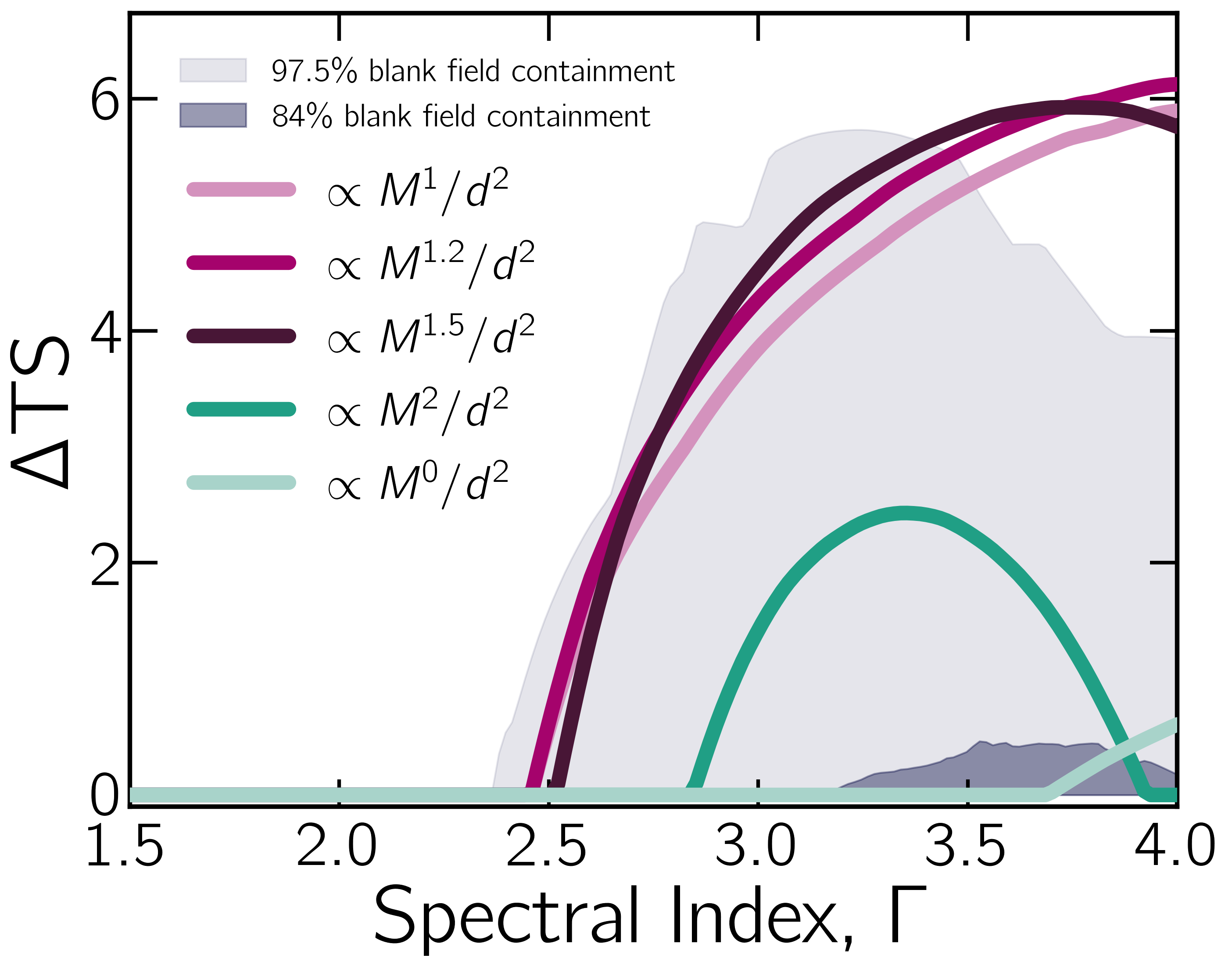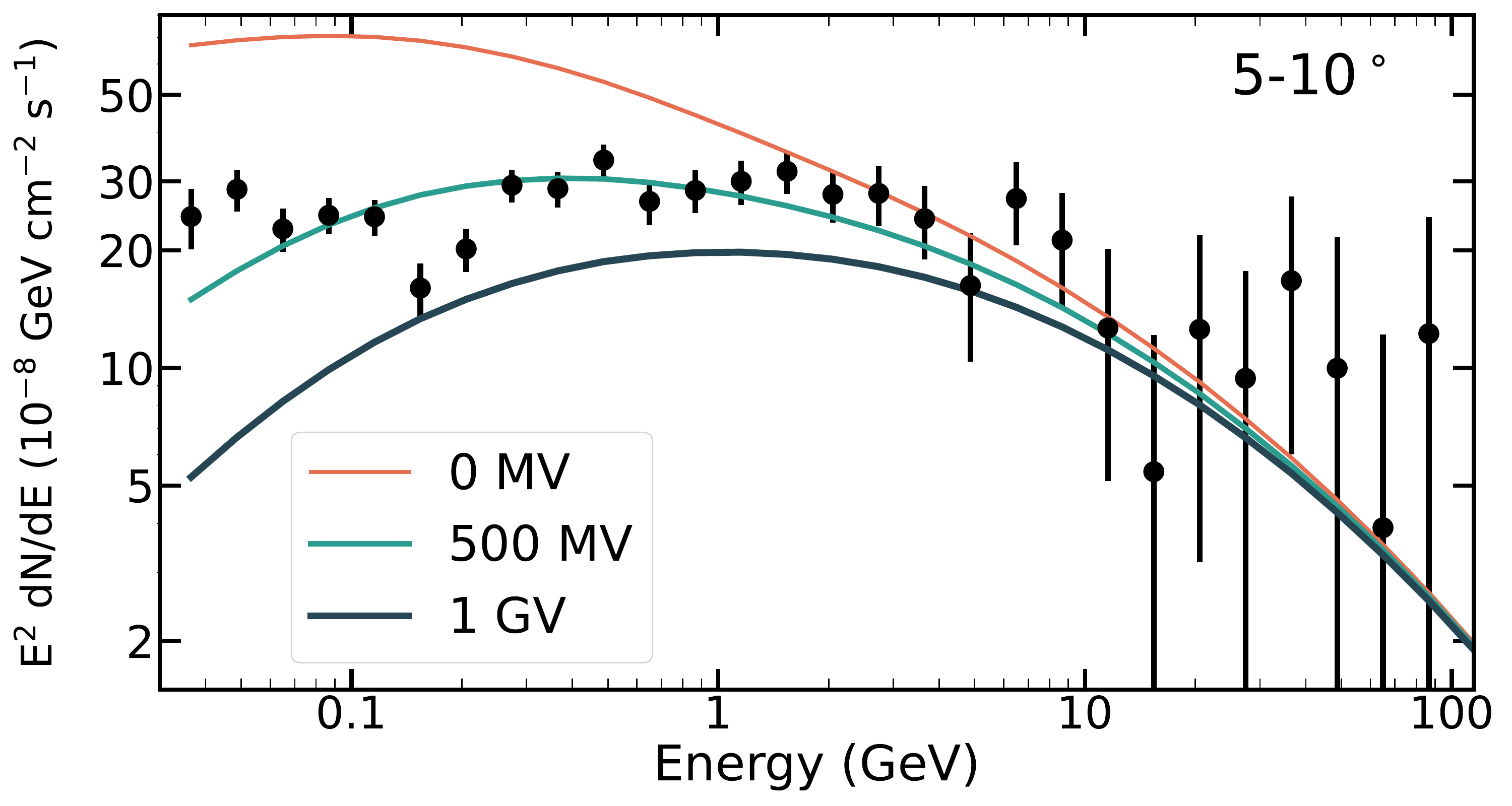
Are X-Ray Detected Active Galactic Nuclei in Dwarf Galaxies Gamma-Ray Bright?
Milena Crnogorčević, Tim Linden, Annika H. G. Peter
Black holes don't just live in massive galaxies---many dwarf galaxies also host smaller "intermediate-mass" black holes, which could be the seeds that eventually grow into the giants we see at the centers of galaxies today. My collaborators and I used 15 years of observations from NASA's Fermi Gamma-ray Space Telescope to look for high-energy gamma-ray emission from active black holes in 74 dwarf galaxies identified through X-ray studies from eROSITA. While none of the galaxies showed strong gamma-ray signals on their own, our combined analysis revealed a small hint of very soft gamma-ray emission that may be linked to black hole mass. Although this result falls short of a firm detection, it provides the first constraints on gamma-ray activity in dwarf galaxies and opens the door to future discoveries with next-generation telescopes.

First Observations of Solar Halo Gamma Rays Over a Full Solar Cycle
Tim Linden, Jung-Tsung Li, Bei Zhou, Isabelle John, Milena Crnogorčević, Annika H. G. Peter, John F. Beacom
The Sun isn't just a source of optical light---it also shines in high-energy gamma rays when cosmic rays interact with its atmosphere and with sunlight. We analyze 15 years of data from NASA’s Fermi Gamma-ray Space Telescope to map the faint “solar halo,” created when cosmic-ray electrons scatter sunlight into gamma rays. We detected this halo all the way out to 45° from the Sun, and across energies from 30 MeV to 100 GeV---the first such measurement spanning an entire solar cycle. Our results reveal how the magnetic fields modulate cosmic rays, opening a new window into both space weather and fundamental physics near the Sun.